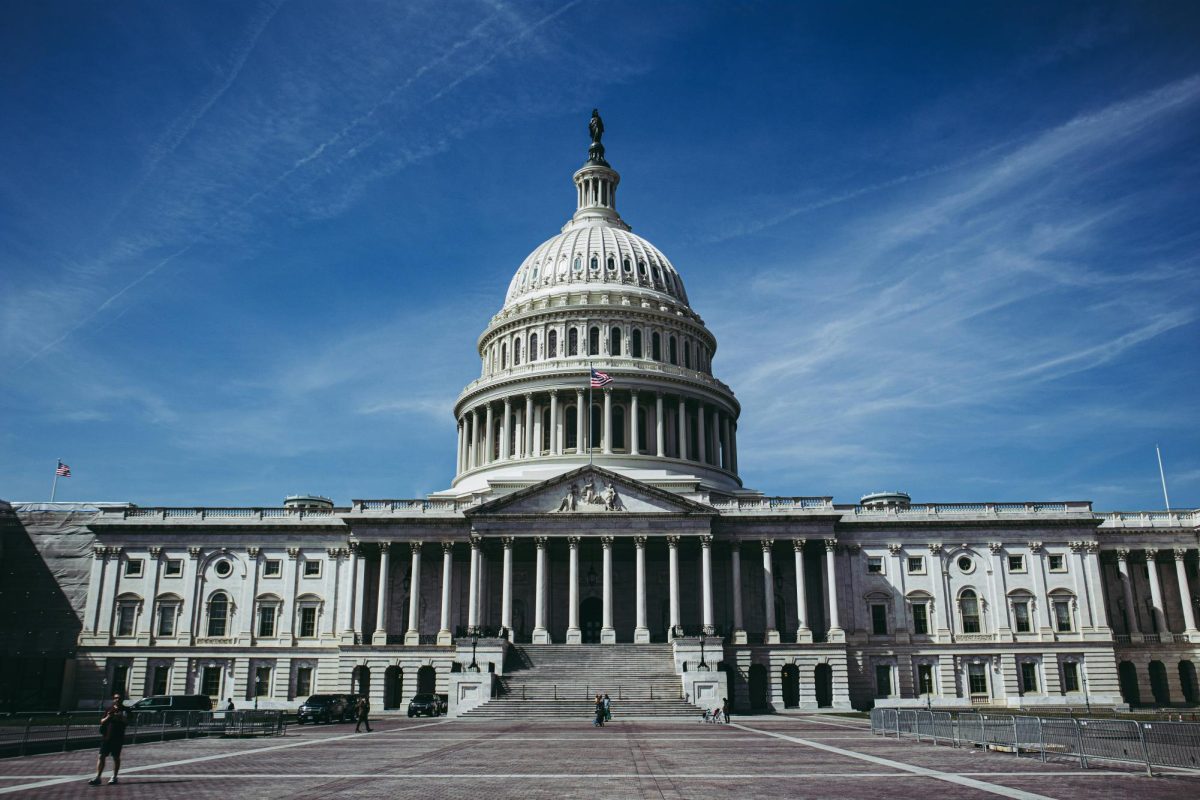Why Race Requirements in College Applications are a Bad Idea
March 11, 2015
We hear them all the time, the reasons for affirmative action: Correct the wrongs of the past, make it fair for underrepresented minorities, diversify the student body.
These are all strong reasons, but the truth is, the days of using racial quotas are over. The days of fearing blunt discrimination in the admissions process are over. In fact, doing so is illegal.
However, as race falls from college admissions, one is left to wonder whether America is truly heading into a post-racial future. Regardless, if America seeks to move forward, then removing race from college applications is a step in the right direction.
Before delving into this issue, it is important to first discredit false rumors about race consideration in college applications. First, not all colleges look at race or ethnicity as part of an application. In fact, only one-third of colleges and universities in the United States consider an applicant’s race as a factor when reviewing applications, reports the National Association for College Admissions Counseling (NACAC). Furthermore, as alluded to earlier, colleges and universities have been prohibited from using quotas or allocating a specific number of seats for minority applicants since 1978 when the Supreme Court ruled this activity unconstitutional in Bakke v. University of California.
Today, colleges and universities across the nation have made it their mission to create a diverse student body, which is great, but when does seeking diversity cross the line and inhibit the chances of every student being guaranteed equal opportunity in college admissions? This question has been the focal point of significant Supreme Court cases and continues to be an issue on college campuses and courtrooms today.
Recent cases have convoluted the controversy further. In the 2003 Supreme Court case Grutter v. Bollinger, the Court held, in its majority opinion, that the Fourteenth Amendment’s Equal Protection Clause did not prohibit the “narrowly tailored use of race in admission decisions to further a compelling interest in obtaining the educational benefits that flow from a diverse student body.” However, in the 2013 Supreme Court case Fisher v. University of Texas, the Court sent the case back to lower courts, claiming strict scrutiny was not used to evaluate the school’s policy, thus reemphasizing the individually focused approach such instances called for and casting doubt on the true constitutionality of race criteria in college admissions.
This is essentially what Justice Sandra Day O’Connor alluded to ten years earlier when she penned the majority opinion in Grutter v. Bollinger. Justice O’Connor – though she was defending the use of race in admission – also noted that affirmative action should not be granted permanent status and should eventually give way to a color-blind admission system.
The time for switching to a color-blind system is now, because the truth is, racism is not something that will go away with time, and using race to counteract past racism and discrimination is both paradoxical and counterproductive.
As Chief Justice Roberts correctly noted in the plurality opinion in the 2007 case, Parents Involved in Community Schools v. Seattle School District, which involved race criteria in high-school admissions, “The way to stop discrimination on the basis of race is to stop discriminating on the basis of race.”












































